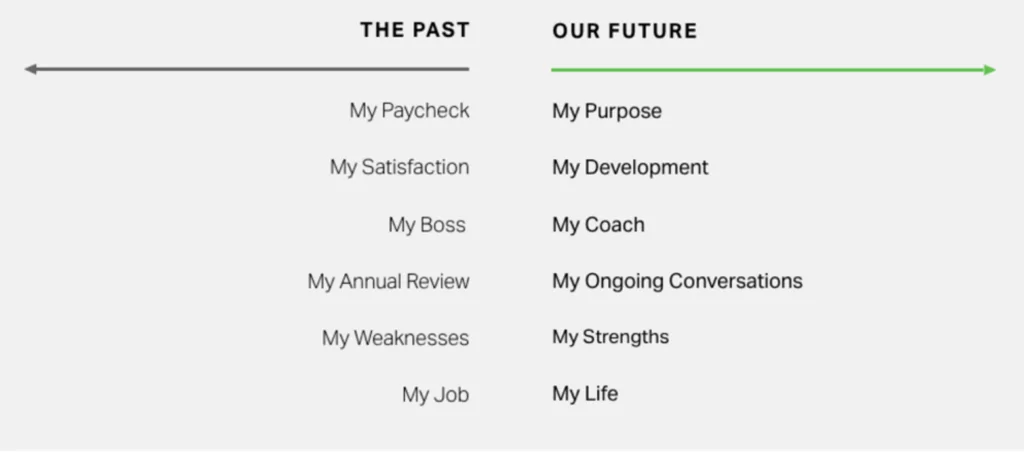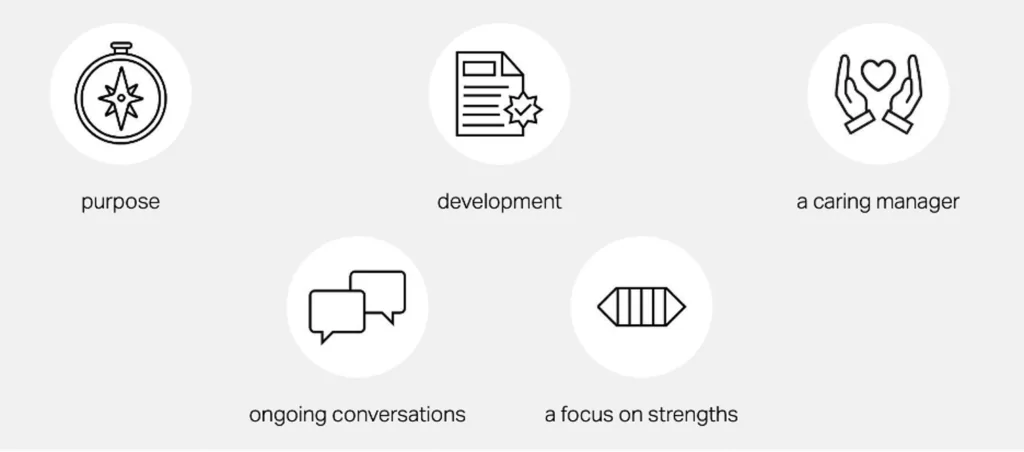Employee Engagement in Remote Settings
Remote Employee Engagement — Why Is It Important?
Employee engagement has always been an important factor in creating positive and productive workplaces. Engagement is the level of employee commitment, connection to the company, and sincerity towards the company, colleagues, and company culture (SHRM.org).
Over the last couple of years, companies have shifted towards a remote workspace. Employee engagement has become more of a challenge. While some see remote employee engagement as an impossible task, it’s actually an opportunity to go back to the basics and focus on the most vital part of any business — its employees.
Employee engagement has a greater impact than many realize.
Employees’ attitudes, actions, and decisions all significantly impact an organization. When employees are more engaged, they take more action and make decisions that are best for the organization. With a healthy company culture and a focus on employee engagement, you will see positive results in several areas of your business. Without employee engagement, there is no team engagement.
Benefits of employee engagement include:
Job seekers often ask: “What is your company culture like?” People are looking to be a part of an organization that values their individual worth. Employees are looking for a place where they can grow, feel valued, and experience a balance in their personal lives. A survey conducted by Flexjobs found that 62% of employees wanted to quit their jobs due to toxic company culture.
Gallup did a survey that revealed engaged employees are 21% more productive than those who are less engaged. When people feel engaged in their environment, they are going to feel more connected to their team, they are going to be more personally accountable, and they are going to be more productive in their seats.
Positive morale and good work culture flow into interactions and involvement with customers. Customers can sense when there is tension in a business, and this negative vibe can result in lost business.
Engaged employees will contribute better work, share their skills, collaborate effectively, and strengthen teams. All this ultimately plays a part in the success of the company.
Whose responsibility is remote employee engagement?
A common misconception, and one of the greatest causes of failure, is that employee engagement is the responsibility of Human Resources. While HR plays a role in employee engagement, it is something that every person, area, and department must own. Managers especially need to make employee engagement a focus.
Managers have opportunities to make engagement a priority by forming supportive and authentic relationships. Advocate for your team and ensure they understand their impact on the company and its success. Accountability and follow-through, both with and towards your employees, show that you are invested in them. In turn, they will be invested in you and the company. Ongoing online coaching, training, and communication are a must to keep employees engaged. Statistics have shown that employees who receive daily feedback from their manager are 3x more likely to be engaged than those who receive feedback once a year or less. Be consistent, not sporadic.
What Drives an Employee’s Engagement?

Remote employment engagement opportunities for teams — where do you start?
Remote employee engagement events do not have to be complicated. Things such as regular feedback, follow-ups, and recognition for their work go a long way. Acknowledgment and appreciation show employees that you see them and that they are making a difference. This boosts morale and motivates others.
Remote engagement activities are a great way to get your team together and have time to just connect. Having a chance to engage with coworkers on a human or personable level enhances the bond as a team at the core. People may assume that connecting as remote teams is difficult, but there are many opportunities to engage as a remote team.
Here are some ideas for remote employee engagement:
Whether you want to play JackBox virtual games together, participate in a hosted event like a virtual escape room, or even play easier games based around employee facts (“Guess Who?” “Two Truths and a Lie” “Show and Tell” etc.) the main thing is that you are building strength in your team by learning about its
Take time to schedule meetings with your team. This can be weekly, bi-weekly, or whatever works for your team. Be sure to take time during that call to have people participate in a little casual conversation.
Not everyone has the ability to remain self-motivated in a remote setting. Or you may have new people on the team, and onboarding virtually is different from an office setting where they can interact with one another and ease into the transition to the company. Create a virtual office room where your remote employees can go and work in the same space as their coworkers and can have similar interactions to what they could have in an in-person setting.
4. Ask Your Team for Their Input
Go to your best resource: your team. Ask what they would like to do for an event, ask if anyone is interested in hosting, and get them involved! What better way to get employees engaged than to have them help in the engagement process? Again, employee engagement is something everyone should be invested in.
There’s more where that came from. Want more ideas for remote engagement or help engaging your employees? Start a conversation with our HR Experts today!
Keep Engagement Relevant, Keep It a Focus, Make It a Priority
There is no one right way to encourage employee engagement in an organization. Remember these five key drivers: purpose, development, a caring manager, ongoing conversations, and a focus on strengths. Make employee engagement a priority and demonstrate that you appreciate and value your employees, and your company will reap the benefits.
Key Drivers of Employee Engagement:






